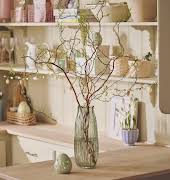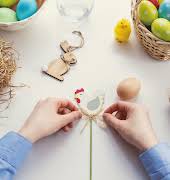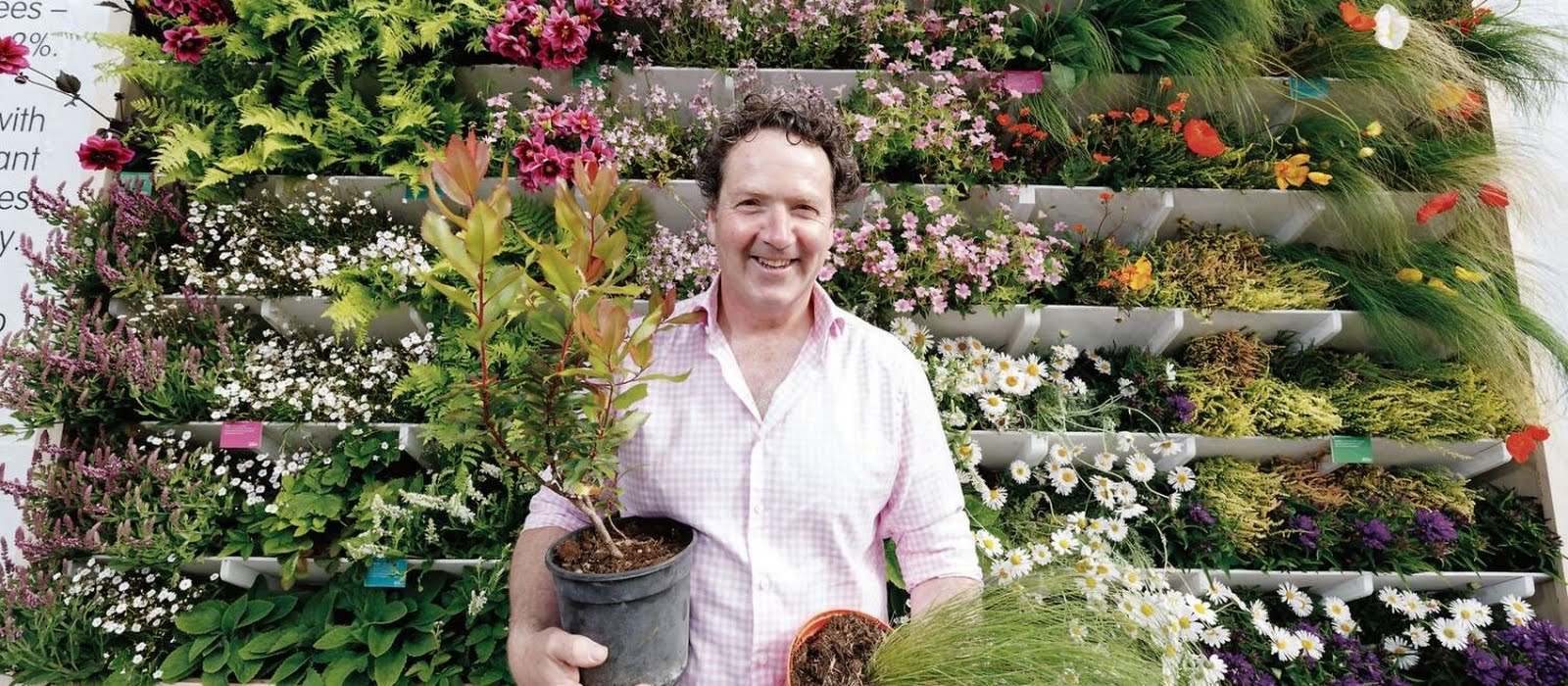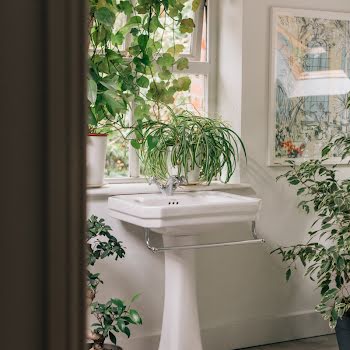Diarmuid Gavin’s top tips: How to rewild your garden in six easy steps
With a keen eye for design and a passion for all things gardening, Diarmuid Gavin is the man to go to when it comes to asking for rewilding advice.
A progressive approach to conservation, rewilding has surged in popularity in recent years with more and more people looking to let nature run its course. At its core, the concept is all about letting mother earth take care of herself, enabling natural processes to shape land and sea, repair damaged ecosystems and restore degraded landscapes.
According to the official Rewilding Europe website, it’s through rewilding that wildlife’s natural rhythms can create wilder, more biodiverse habitats. Diarmuid shares his tips on how we can all help – whether in our gardens or local areas – below.
Relax when it comes to many weeds
Weeds are not the enemy although they are often portrayed as such by advertisements offering ways to exterminate them. Weeds are just wildflowers; they grow well and vigorously because they are at home here, and our native insects like them too. A little plot of nettles will be a maternity home for butterflies to lay their eggs (and they make delicious nettle soup too!) Comfrey will make super homemade liquid feed if steeped in water and thistles are magnets for bees in summer.
Let the grass grow
Lawns are great for football games and pristine plots of neatly mown grass can be beautiful. However, we’ve become a little too obsessed and have turned our island into a patchwork quilt of turf. Perfect lawns are an ecological desert.
Leaving a little area uncut will allow the individual grasses to flower. These flowers produce valuable pollen which is collected by bees and moths.
Stop your assault on daisies and dandelions. When they blossom they’re pretty and they too are rich in pollen which bees and moths need to survive – and we need bees to pollinate our crops. If we even just cut back on mowing the lawn to only every 3 weeks, it’s estimated that we would encourage 2.5 times more lawn flowers such as daisies, dandelions and clover which would allow for greater diversity of bee species.
Create a mini-meadow and plant wildflower seeds
This can be a small patch but make sure it’s somewhere sunny for best results.
Choose native wildflower mixes from companies like Connected To Nature where possible and prepare the ground by removing any grass as this grows more vigorously than wildflowers and will overwhelm them. Poor soil is excellent for wildflowers.
If your soil is very fertile remove the top couple of inches. Seeds can be planted in autumn or in spring. Scatter generously but don’t cover with soil, just gently rake in and water in if no rain is forecast for a while.
Plant a hedge instead of a fence
Sometimes you need a fence to keep small pets in but where practical consider planting a native hedgerow which will support native species. I recently passed a front garden where they had chopped down a row of leylandii and were planting instead a mixture of beech and hawthorn instead.
These will provide a wealth of foliage, nectar, flowers, and fruit for native species and can provide corridors and shelter for hedgehogs. It looks prettier as well! Other suitable species include blackthorn, wild roses and hazel.
Mind the birds
During lockdown, many people became far more aware of the sound of birdsong and, confined to their homes, discovered the pleasures of spotting and listening to birds in the garden. Make your garden attractive for them by feeding them during winter, you can plant suitable trees and shrubs that provide natural nesting shelters as well as grub for the young ones.
Holly, ivy, mountain ash, hawthorn, crab apples, and honeysuckle are all good choices. A source of water – whether it’s a clean saucer of water or from a pond – is a good draw for birds, but if you have young children, ponds are probably best postponed. In spring, put up nesting boxes to provide some safe haven for young bird families.
No-dig gardening
Yes, this means putting your spade away and no longer digging up weeds and “improving” your soil. We destroy soil structure and release carbon every time you break it up with forking, rotovating and digging.
Soil is a precious resource built up over thousands of years. Healthy soil is teeming with earthworms and microbes. Instead of digging, you can bury weeds with a thick mulch of compost or layers of cardboard.
This can be anything from 2 to 6 inches deep, enough to exclude light from weeds which in turn suppresses their growth. Mulch which can be garden compost, well-rotted manure or chipped bark will stimulate activity as the earthworms digest this organic matter and in doing so, create air pockets through the soil which helps soil structure and enrichment.



















